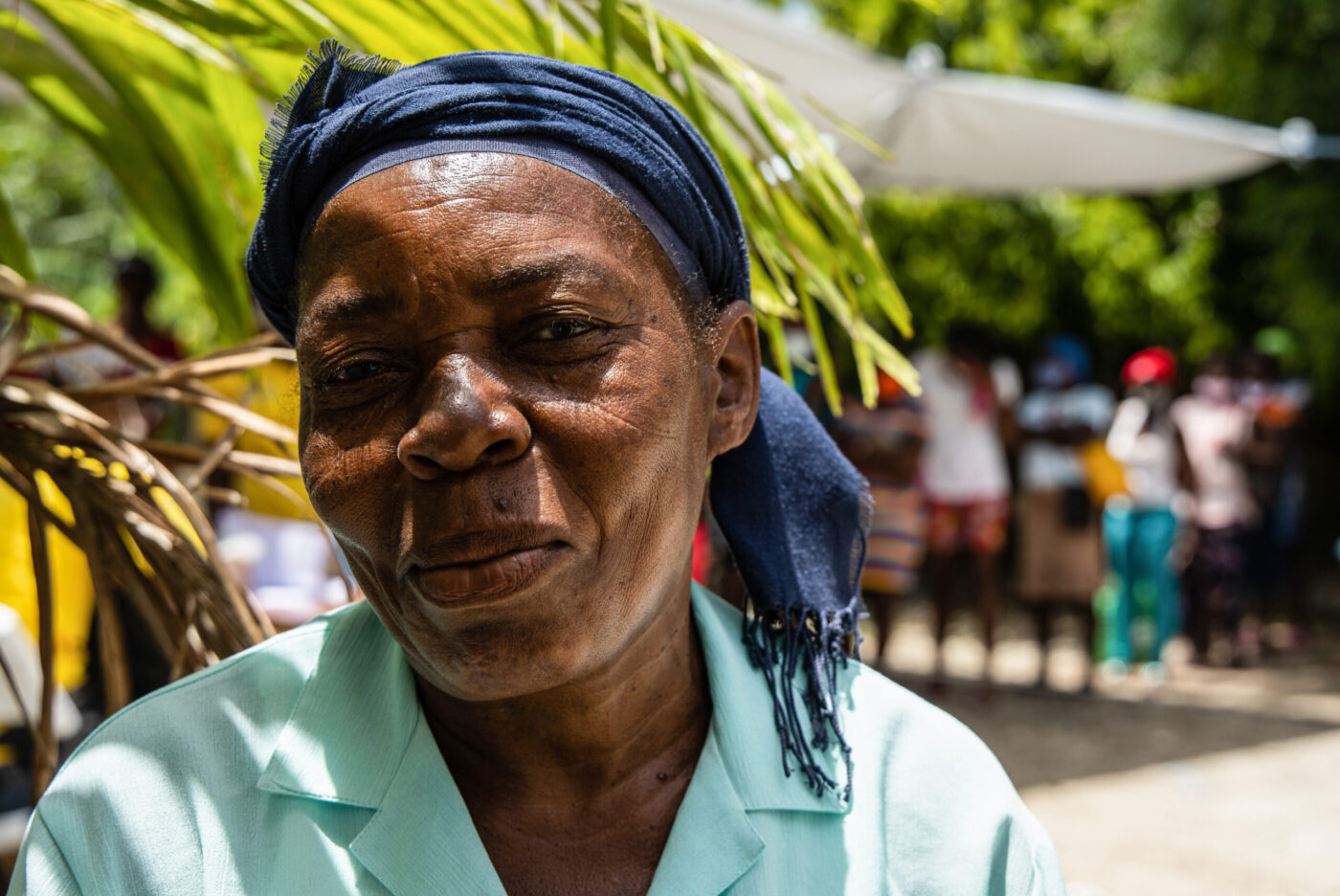
CONFLICt & HUNGER IN Haiti
A record number of Haitians are experiencing extreme hunger because of conflict, extreme weather events and soaring inflation. People need food now.
Humanitarian Crisis in Haiti
As violence and conflict escalate in Haiti, entire communities are cut off from access to food. Watch the special from ABC World News Tonight:
Relentless VIOLENCE, Disasters AND INFLATION
Haiti has one of the highest levels of hunger in the world and faces chronic poverty. On a good day, electricity, running water and healthcare are scarce. Now, violent conflict is forcing many Haitians to flee or hide in their homes. Around half the population of the impoverished Caribbean country needs immediate food assistance.
5.4 million people are facing extreme levels of hunger
hot meals have been provided by WFP this year, most of which are prepared with locally grown ingredients
Haiti is among the 10 countries most affected by food price inflation
CRISES ON TOP OF CRISES
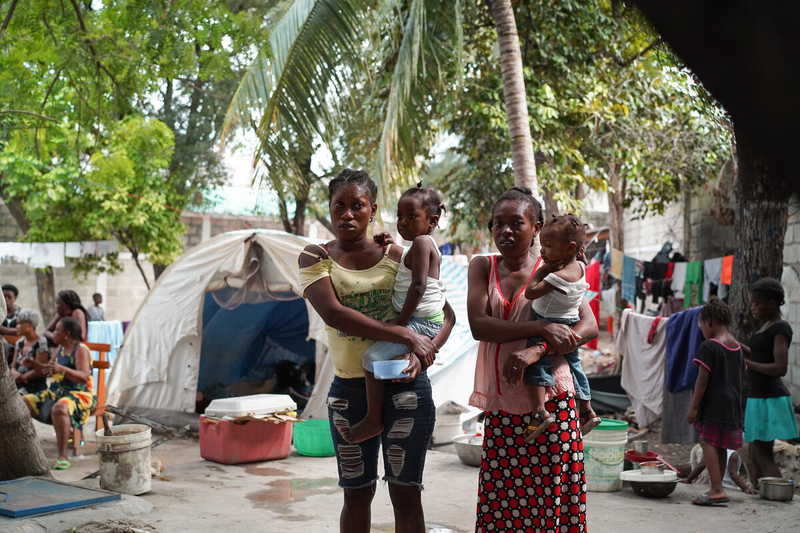
Political Upheaval
Haiti’s ongoing political turmoil erupted in September 2019 as tens of thousands of Haitians took to the streets demanding the resignation of President Jovenel Moise. The protests quickly turned violent and the security situation has remained precarious since. Conflict between armed groups has limited people’s access to food and water.
Photo: WFP/Antoine Vallas/2020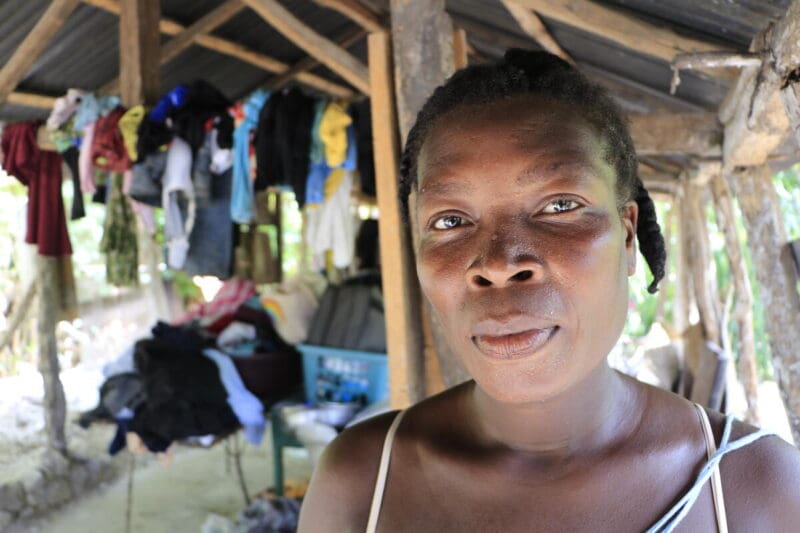
Natural Disasters
In the past two decades, Haiti has been rocked by severe storms, landslides, drought, earthquakes and hurricanes. The frequent natural disasters make it nearly impossible for families to grow enough food to feed themselves.
Response to 7.2 Earthquake >

Coronavirus
Coronavirus cases spiked dramatically in Haiti from May into June, 2020 and again in January of 2022. The pandemic worsened a regional situation where economic shocks, erratic climate, displacement and insecurity have already taken a heavy toll.
COVID-19 Cases in Haiti >
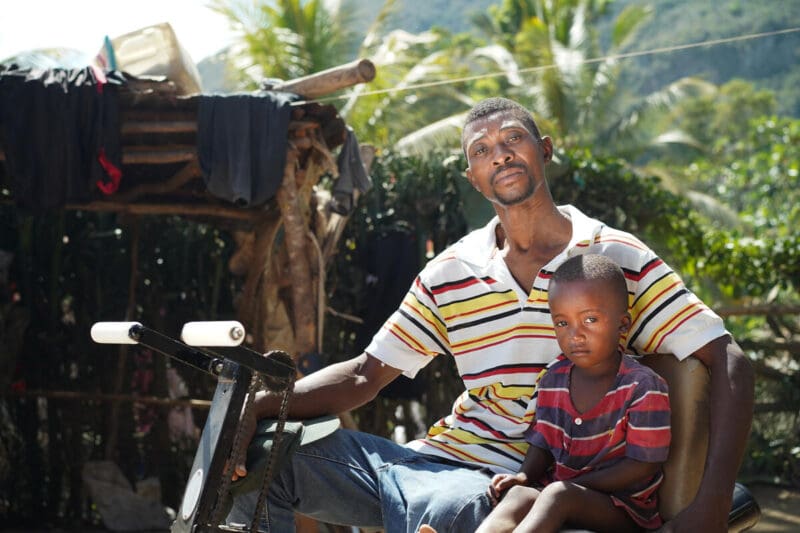
Poverty
Haiti is the poorest country in the Latin America and Caribbean region and among the poorest countries in the world. In 2020, nearly 60% of the population was estimated to be living in poverty. The COVID-19 crisis put further strain on vulnerable families, who are bearing the brunt of price variations and currency fluctuations. Many families are unable to afford food and other necessities, like housing and healthcare.
Photo: WFP/Antoine Vallas/2021



See How We’re Supporting Haitians
The United Nations World Food Programme has been working in Haiti since 1969 and, with the government, works to provide sustainable solutions to hunger.

To mitigate the impact of future disasters, WFP pre-positions stocks of emergency food. This enables WFP to respond swiftly when disaster strikes and put hot meals into the hands of survivors.


Our school meals ensure children still have access to nutritious food despite the ongoing crisis. With the Ministry of Education and partners, WFP provides daily school meals to 470,000 schoolchildren.

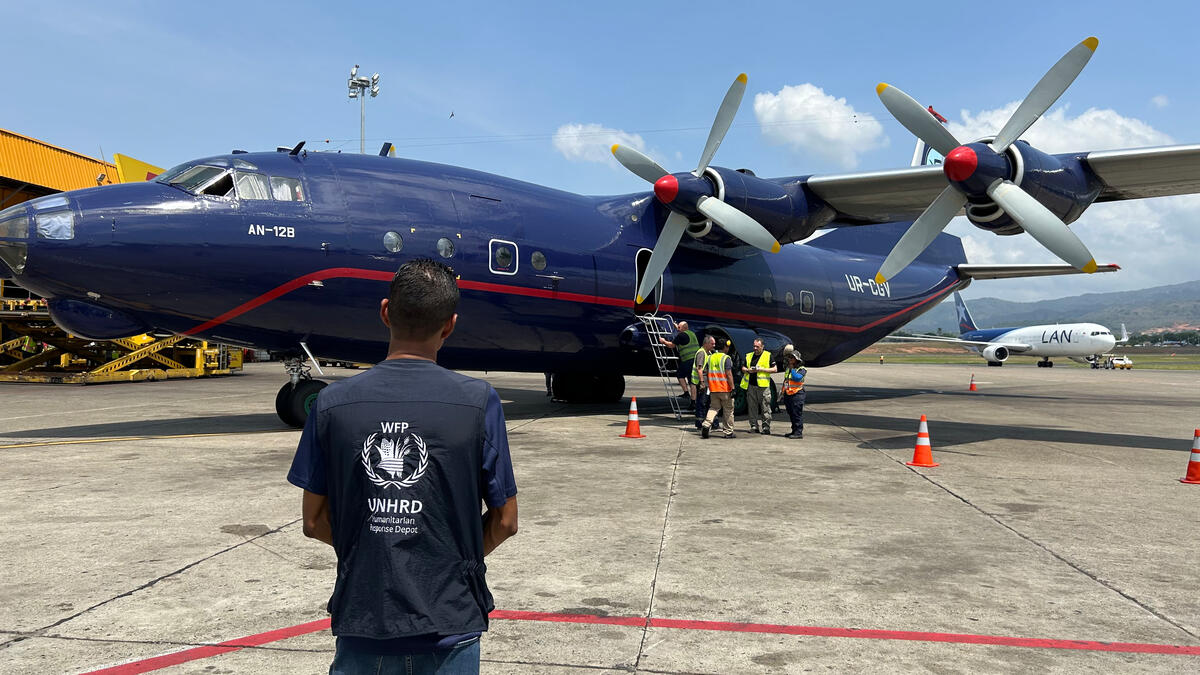
WFP is supporting the humanitarian community in Haiti by transporting food and cargo by sea, where roads are blocked, as well as staff and humanitarian supplies through the U.N. Humanitarian Air Services.

You Can Help Save Lives
When you donate, you help us deliver critical food relief to the most vulnerable people in Haiti and other countries around the world. You can make difference in someone’s life. Send food today.
News & Updates from Haiti
Read the latest articles on hunger issues and WFP’s work in Haiti.





